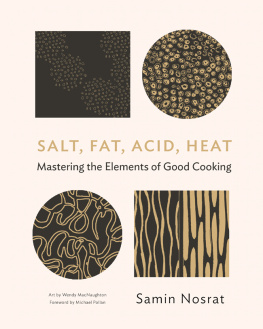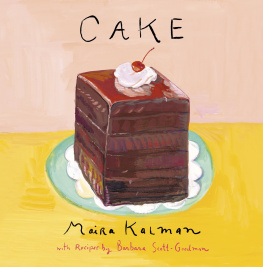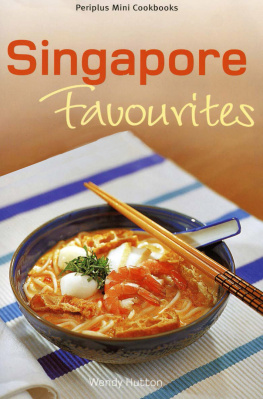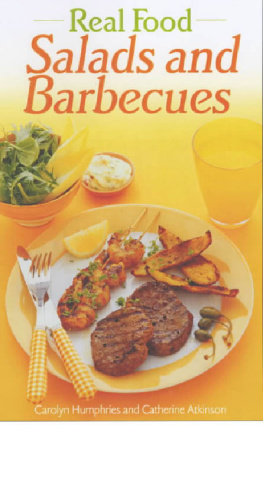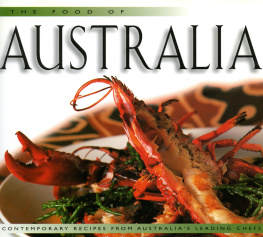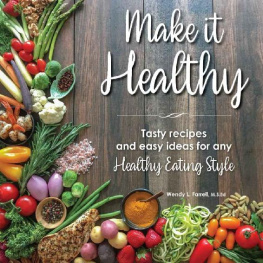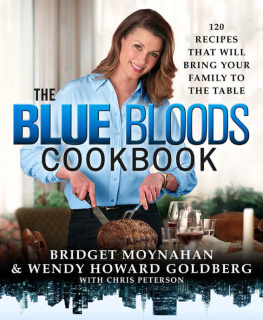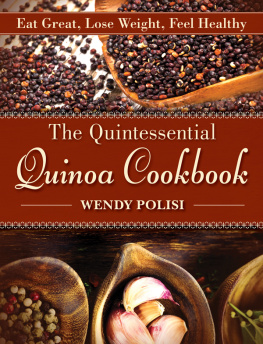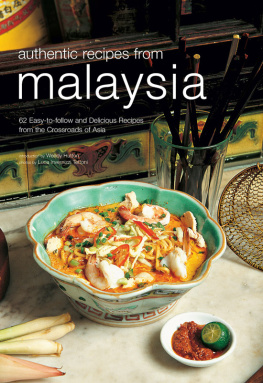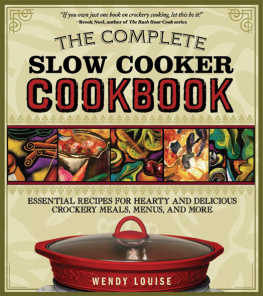
Bloomsbury USA
An imprint of Bloomsbury Publishing Plc
1385 Broadway
New York
NY 10018
USA
50 Bedford Square
London
WC1 3DP
UK
www.bloomsbury.com
This electronic edition published in 2017 by Bloomsbury Publishing Plc
BLOOMSBURY and the Diana logo are trademarks of Bloomsbury Publishing Plc
First published 2017
The Estate of Cipe Pineles, Sarah Rich, Wendy MacNaughton, Debbie Millman, Maria Popova, Maira Kalman, Steven Heller, Paula Scher, Mimi Sheraton, 2017
Images on the following pages courtesy of Cary Graphic Arts Collection, Rochester Institute of Technology. Used by permission of the Cipe Pineles Estate:
All rights reserved
You may not copy, distribute, transmit, reproduce or otherwise make available this publication (or any part of it) in any form, or by any means (including without limitation electronic, digital, optical, mechanical, photocopying, printing, recording or otherwise), without the prior written permission of the publisher. Any person who does any unauthorised act in relation to this publication may be liable to criminal prosecution and civil claims for damages.
ISBN: 978-1-63286-713-1 (HB)
ISBN: 978-1-63286-715-5 (eBook)
Library of Congress cataloging-in-publication data
Names: Rich, Sarah C., editor. | MacNaughton, Wendy, editor. | Millman, Debbie, editor. | Popova, Maria, editor. | Pineles, Cipe, 19081991. Leave me alone with the recipes.
Title: Leave me alone with the recipes : the life, art, and cookbook of Cipe Pineles / edited by Sarah Rich with Wendy MacNaughton, Debbie Millman, and Maria Popova. Description: New York : Bloomsbury USA, an imprint of Bloomsbury Publishing Plc, 2017. | Collection of essays about Pineles along with her hand illustrated previously unpublished cookbook entitled Leave me alone with the recipes. | Includes bibliographical references and index.
Identifiers: LCCN 2016059366| ISBN 978-1-63286-713-1 (hardcover) | ISBN 978-1-63286-715-5 (ePub)
Subjects: LCSH: CookingEurope, Eastern. | Jewish cooking. | Pineles, Cipe, 19081991. | Graphic artistsUnited StatesBiography. | LCGFT: Cookbooks.
Classification: LCC TX723.5.A1 L36 2017 | DDC 641.594dc23
LC record available at https://lccn.loc.gov/2016059366
To find out more about our authors and their books please visit www.bloomsbury.com where you will find extracts, author interviews and details of forthcoming events, and to be the first to hear about latest releases and special offers, sign up for our newsletters.
Bloomsbury books may be purchased for business or promotional use.
For information on bulk purchases please contact Macmillan Corporate and Premium Sales Department at .
For Charlotte Sheedy



by Sarah Rich
by Maria Popova
by Sarah Rich
by Paula Scher
by Wendy MacNaughton
by Debbie Millman
by Steven Heller
by Mimi Sheraton
by Maira Kalman
by Cipe Pineles
by Sarah Rich


This story begins in a massive exhibition hall on a chilly February day in San Francisco. On a whim, I decided to spend a Saturday morning with my friend the illustrator Wendy MacNaughton, browsing the aisles of the California International Antiquarian Book Fairthe kind of activity that complements fog.
If you were to paint a picture of this scene, the palette would be a muted onebook jackets gone from red to rusty brown, emerald to muted gray. Bold, bright colors arent what one expects from a bunch of books whose common theme is old age. And yet. The climactic moment of our visit to the fair could only be captured in the most brilliant hues, for the work we found that morning felt as new and bright as if the paint had been laid down yesterday. We were stopped in our tracks by a woman wed never heard of and would never be lucky enough to meet, but would spend the next three years getting to know.
My husband and I were late coming over from Oakland, and as we drove across the bridge, I received a text from Wendy. She had found something mind-blowing that I had to see right away. Shed spotted a sketchbook propped open in a glass case, displaying a painting of a bowl of soup with some lettering around it. The bowl was a bright mint green, scalloped with a darker pine to form the shape. The soup within was a brilliant, hot fuchsia. The image popped off the page. This solid block of color was contrasted with a title rendered in perfect typeface, but completely hand-painted: Borscht. And below that was a long hand-written recipe lettered in script so fine it could have been made with a feather quill. The composition was charming; loose, but perfect. The whole piece was spectacular.
Wendy had asked the bookseller if she could take a closer look. Once it was out from behind the glass, it was clear this wasnt a reproduction but an original. The date on the title page was 1945. The soup bowl was painted with gouache in the manner one is taught in the most rigorous courses in art schoolan agonizing process of mixing gouache paint and water to a precise consistency so that the paint lays even and smooth on the page, almost powder-coating the paper into a chalky, velvet finish. And the lettering, up close, revealed all the beautiful imperfections of hand-painted type. The artist nearly perfectly mimicked a typeface she must have known very well, but the quirks of the human hand holding the pen are what made it so unique and special.
When we reached her, Wendy was nearly manic with the thrill of the discovery. Shed learned from the bookseller that indeed, the artist mimicked typeface like a pro because she was one; she had been an art director at Cond Nast beginning in the 1930s and had taught at Parsons School of Design for decades.
As Wendy raved about the incredible technique, I began turning the pristine pages, thrilled by the recipes themselves. This was my familys foodthe Old World, Eastern European Jewish cuisine that my grandmother and great-grandmother had made again and again in their kitchensbrought to life through the hand of this remarkable artist. Having spent years trying to merge my design writing with my love of food and cooking, I felt like I was staring at the heart of my personal Venn diagram. And I was stirred by the idea that this humble, traditional food could be celebrated so boldly through art. There was nothing boring about Cipes borscht.
Both Wendy and I felt like we had seen this work somewhere before. It was familiar but fresh. The style was both nostalgic and contemporary. It looked like the art of so many of our favorite current illustrators. It also looked a great deal like Wendys own work. To her, it felt as if shed modeled her style after this persons art without ever knowing she existed.


